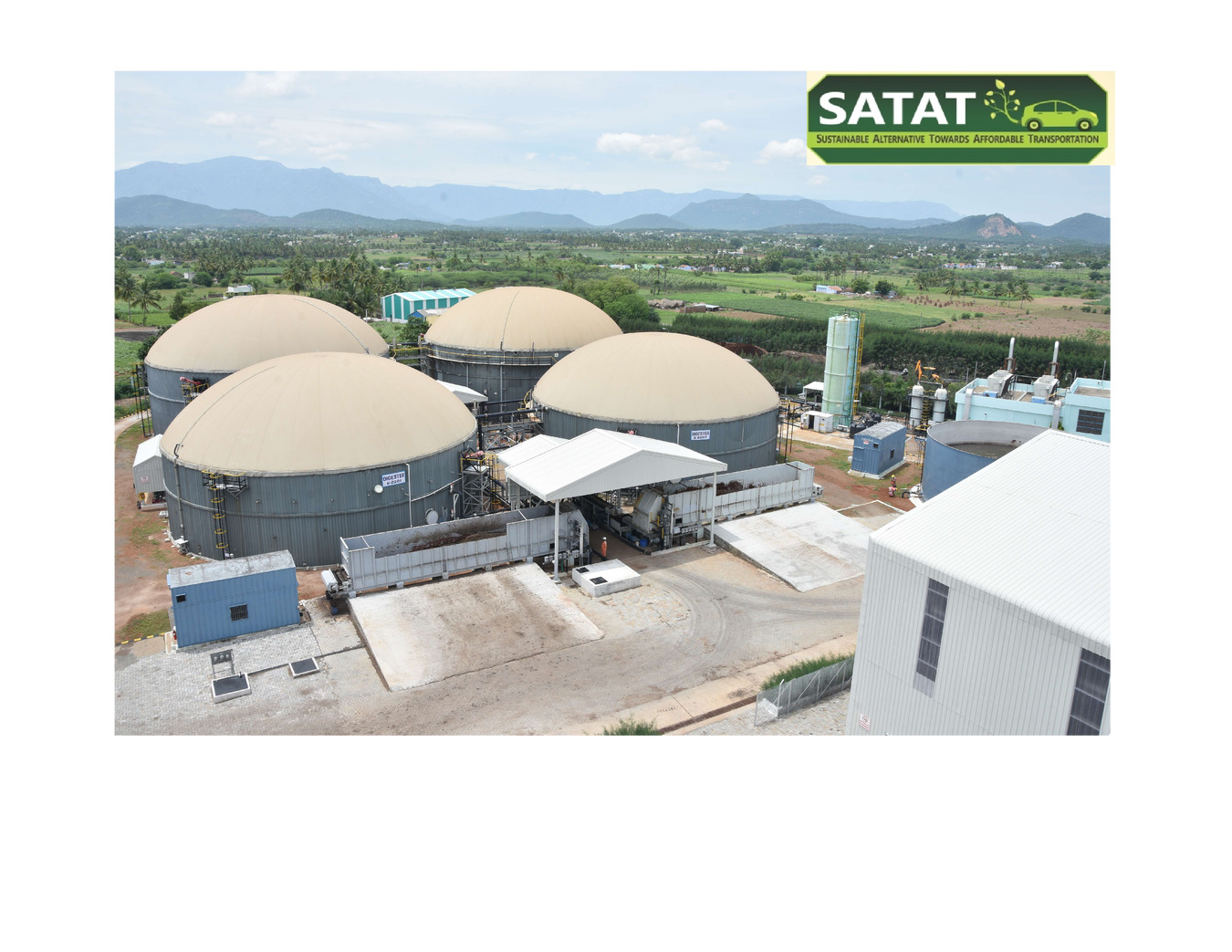| PDF Name | Satat Scheme 2025 Guidelines PDF |
|---|---|
| Last Updated | August 22, 2023 |
| No. of Pages | 5 |
| PDF Size | 2.40 MB |
| Language | English |
| Category | Government Schemes, Forms, Policies & Guidelines PDF |
| Topic / Tag | Govt Scheme Guidelines |
| Source(s) / Credits | Sarkari Yojana |

Satat Scheme 2025 guidelines available to download in PDF format at satat.co.in. Sustainable Alternative Towards Affordable Transportation scheme on Compressed Bio Gas envisages to target production of 15 MMT (million tons) of CBG by 2023, from 5000 plants. The CBG Plants shall be set up by independent entrepreneurs. The CBG Plant Owner shall be responsible for planning, preparation, engineering and execution of the project, including storage of raw material, operation and maintenance of the plant, maintaining final product output quantity and quality and managing the by-products & wastes from the plant as per existing central / state norms.
Satat Scheme 2025
SATAT Scheme has potential to boost availability of more affordable transport fuels, better use of agricultural residue, cattle dung and municipal solid waste, as well as provide additional revenue source to farmers. It will also benefit vehicle-users as well as farmers and entrepreneurs. Under it, Expression of Interest (EoI) have been invited from potential entrepreneurs to set up Compressed Bio-Gas (CBG) production plants and make available biogas in market for use in automotive fuels.
Benefits of Satat Scheme
It will boost availability of more affordable transport fuels and enable better use of agricultural residue, cattle dung and municipal solid waste. It will pave way for efficient municipal solid waste management and help in tackling problem of polluted urban air due to farm stubble-burning and carbon emissions.
It will boost entrepreneurship, rural economy and employment and provide additional source of revenue to farmers. It will also help achieve nation’s climate change goals and bring down dependency on natural gas and crude oil imports and act as a buffer against crude oil and gas price fluctuations.
It will also help to integrate with existing networks such as city gas distribution (CGD) networks to boost supplies to domestic and retail users in existing and upcoming markets. Besides retailing from OMC fuel stations, CBS can at later date be injected into CGD pipelines too for efficient distribution and optimized access of cleaner and more affordable fuel.
